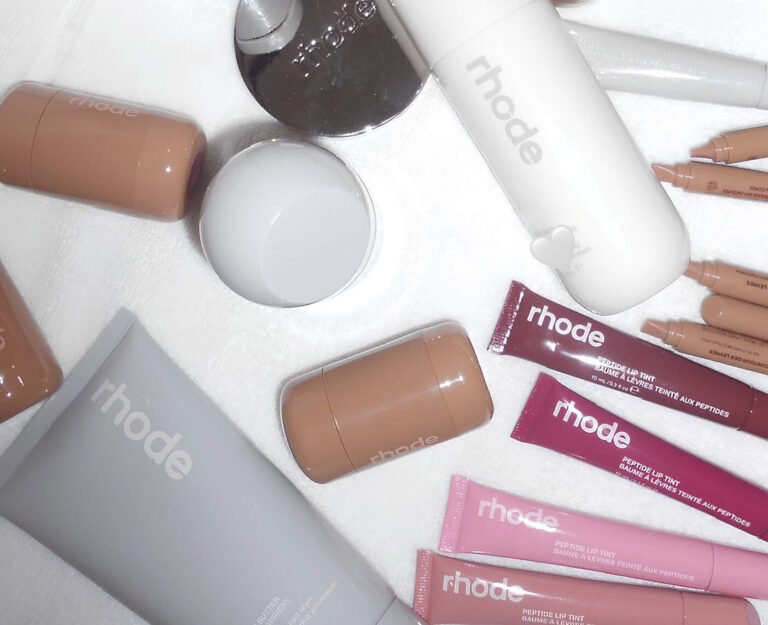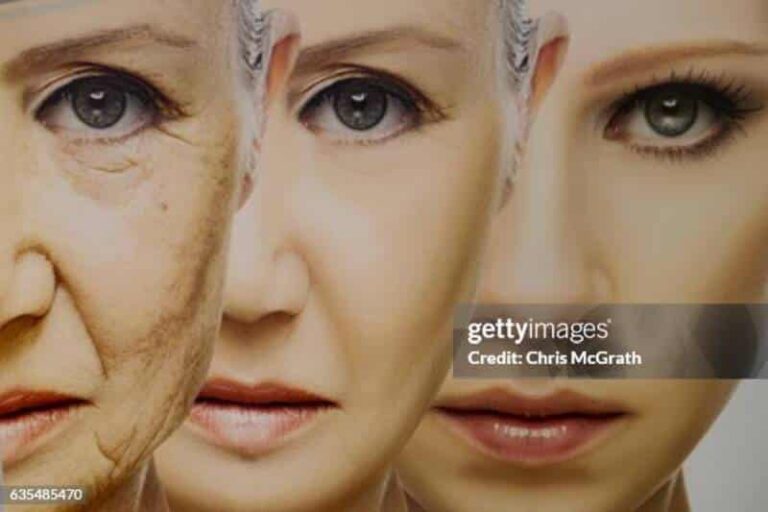The 5 Best Protein Hair Treatments for Strong, Shiny Strands
Look, we’ve all been there. You wake up, look in the mirror, and your hair looks like it survived a tornado. If your strands are feeling more like straw than silk, it might be time to give protein hair treatments a serious look. But before you blow your paycheck on every product promising “miracle results,” let me break down what actually works.
Your hair is basically made of protein (keratin, to be exact), and when life happens—heat styling, chemical treatments, or just plain old stress—that protein structure gets damaged. Think of it like a brick wall losing its mortar. Not exactly the foundation you want for gorgeous hair, right?
Why Your Hair Might Be Screaming for Protein
Before diving into the good stuff, let’s figure out if your hair actually needs protein or if you’re just throwing solutions at the wrong problem. Because here’s the thing: not all damaged hair needs protein. Sometimes it just needs moisture, and using protein treatments when you don’t need them can make your hair feel like a brittle mess.
Signs Your Hair is Protein-Deficient
Your hair might be begging for protein if you notice:
- It stretches but won’t snap back – Pull a strand gently. If it stretches out and stays stretched (or breaks), you’ve got elasticity issues
- Excessive breakage – We’re talking about hair snapping off, not normal shedding with the white bulb at the end
- Limp, lifeless texture – Your hair just hangs there like wet spaghetti, no matter what you do
- High porosity – Drop a strand in water. If it sinks like a stone, those cuticles are wide open and need patching up
- You’re a color addict – If your hair has seen more dye than a tie-dye festival, it probably needs protein reinforcement
The Protein vs. Moisture Balance
Here’s where it gets tricky. Hair needs both protein and moisture, but getting the balance wrong can turn your locks into a disaster zone. Too much protein makes hair stiff and brittle. Too much moisture makes it mushy and limp. It’s like finding the perfect recipe—you need the right ingredients in the right amounts.
What Protein Hair Treatments Actually Do
Let’s cut through the marketing fluff. Protein treatments work by temporarily filling in gaps in your hair’s cuticle layer. Think of it as spackling holes in a wall before painting. These treatments use hydrolyzed proteins (fancy term for proteins broken down into smaller pieces) that can actually penetrate the hair shaft and patch things up.
The result? Stronger, more resilient hair that can better handle daily styling and environmental damage. But remember, this is temporary reinforcement, not a permanent fix. You’ll need to maintain it.
The 5 Best Protein Hair Treatments That Don’t Suck
After testing countless products and reading through hundreds of reviews, here are the treatments that actually deliver on their promises:
1. Briogeo Don’t Despair, Repair! Deep Conditioning Mask
This is the crowd favorite for a reason. It’s got the perfect balance of protein and moisture, so you won’t end up with crunchy hair. The texture is creamy but not heavy, and a little goes a long way. Use it weekly for 5-10 minutes, and you’ll actually see a difference in how your hair feels and behaves.
Best for: Weekly maintenance for mildly to moderately damaged hair
Price range: Mid-tier, but worth every penny
2. Aphogee Keratin 2 Minute Reconstructor
Don’t let the budget-friendly price fool you—this stuff works. It’s packed with amino acids and keratin, making it perfect if you’re dealing with chlorine damage or hard water issues. The best part? You can use it as often as you need without overdoing it.
Best for: Quick fixes and regular maintenance
Price range: Budget-friendly powerhouse
3. Alterna Caviar Repair Re-Texturizing Protein Cream
If your hair is seriously damaged—we’re talking coarse, porous, and generally unhappy—this is your heavy-duty option. It’s a leave-in treatment that transforms unmanageable hair into something you can actually work with. Use it 1-3 times per week, depending on how much help your hair needs.
Best for: Severely damaged or highly porous hair
Price range: Premium, but delivers premium results
4. Bumble and Bumble Mending Masque
This one’s a game-changer for color-treated hair because it won’t strip your expensive highlights. The wheat protein formula restores strength while Pro-Vitamin B5 keeps things moisturized. It’s like having your cake and eating it too.
Best for: Color-treated hair that needs strengthening
Price range: High-end but gentle on processed hair
5. Palmer’s Deep Conditioning Protein Pack
Sometimes you just need a quick protein fix without committing to a whole routine. This lightweight treatment is perfect for that. It’s gentle enough to use frequently, and some people even leave it on overnight for an extra boost (though that’s not officially recommended).
Best for: Light protein maintenance and beginners
Price range: Drugstore pricing with salon-quality results
DIY Protein Treatment: The Egg Method
Feeling crafty? The original protein treatment is probably sitting in your fridge right now. Eggs are packed with protein, biotin, and sulfur—all great for hair health. Here’s how to do it without making a mess:
- Beat two eggs until smooth
- Apply to clean, dry hair from mid-length to ends
- Wait 30 minutes (set a timer—nobody wants scrambled eggs in their hair)
- Rinse with lukewarm water, then shampoo
Pro tip: Use lukewarm water, not hot. Hot water will cook the eggs, and trust me, you don’t want to deal with that cleanup.
How Often Should You Use Protein Hair Treatments?
This depends on your hair’s damage level and the treatment intensity. Here’s the general breakdown:
- Mild treatments: Once a week or as needed
- Intensive treatments: Every 4-6 weeks
- DIY treatments: 1-2 times per month
Pay attention to how your hair feels. If it starts getting stiff or brittle, back off on the protein and focus on moisture for a while.
Final Thoughts: Don’t Overcomplicate It
Look, protein hair treatments aren’t magic, but they’re pretty close when used correctly. The key is figuring out what your hair actually needs and not getting caught up in the hype of expensive products that might not work for your specific situation.
Start with one treatment, use it consistently for a few weeks, and pay attention to how your hair responds. If it’s getting stronger and more manageable, you’re on the right track. If it’s getting stiff or breaking more, you might be overdoing it or need to focus on moisture instead.
Remember, healthy hair is a marathon, not a sprint. These protein hair treatments can help get you there, but consistency and patience are your real secret weapons.







